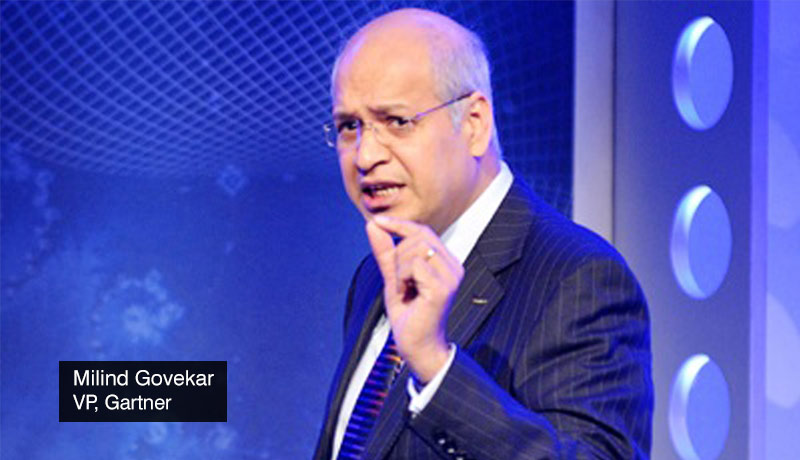
The ongoing pandemic and the surge in digital services are making cloud the centerpiece of new digital experiences, said Gartner, Inc.
“There is no business strategy without a cloud strategy,” said Milind Govekar, distinguished vice president at Gartner.
He added, “The adoption and interest in the public cloud continue unabated as organizations pursue a “cloud first” policy for onboarding new workloads. Cloud has enabled new digital experiences such as mobile payment systems where banks have invested in startups, energy companies using cloud to improve their customers’ retail experiences or car companies launching new personalization services for customer’s safety and infotainment.”
“Adopting cloud-native platforms means that digital or product teams will use architectural principles and capabilities to take advantage of the inherent capabilities within the cloud environment,” said Govekar.
He also said, “New workloads deployed in a cloud-native environment will be pervasive, not just popular and anything non-cloud will be considered legacy.”
Application development will shift to application assembly and integration, and the applications will be assembled and composed by the teams that use them. “The technological and organizational silos of application development, automation, integration, and governance will become obsolete,” said Govekar.
“This will drive the rise of low-code application platforms (LCAPs) and citizen development.”
“Instead of shipping all traffic to central security appliances, CIOs and IT leaders must bring security to the sessions instead of bringing sessions to the security,” concluded Govekar.
Cloud revenue is expected to reach $474 billion in 2022, up from $408 billion in 2021. According to Gartner experts, cloud revenue is expected to surpass noncloud revenue in relevant enterprise IT sectors during the next three years.
Gartner experts highlighted how cloud computing would become the prevalent form of computing in the near future at the Gartner IT Symposium/Xpo EMEA, which is taking place online through Thursday.
According to Gartner analysts, by 2025, more than 85% of enterprises will have adopted a cloud-first strategy and will be unable to properly execute their digital plans without the use of cloud-native architectures and technologies.
According to Gartner, over 95% of new digital workloads will be deployed on cloud-native platforms by 2025, up from 30% in 2021.
The organization will shift to a product-oriented operating model when the operating model shifts, requiring the whole value stream of the business and IT to be linked by-products. New jobs and responsibilities, such as site reliability engineers, product managers, and communities of practice, will be created as a result.
Low-code or no-code technologies will be used in 70% of new applications produced by businesses by 2025, up from less than 25% in 2020. The emergence of low-code application platforms (LCAPs) is fueling citizen development, particularly the role of business technologists, who work outside of IT departments to develop technology and analytics capabilities for internal and external business usage.
In the networking and network security sector, cloud-delivered secure access service edge (SASE) has the fastest growth prospect. Because most traffic from branches and edge computing locations does not go to an enterprise data center, CIOs and IT directors will increasingly rely on SASE to protect users’ and devices’ needs for access anywhere and at any time.
According to Gartner, end-user spending on SASE is expected to reach $6.8 billion in 2022, up from $4.8 billion in 2021. Furthermore, by 2025, more than half of all firms will have defined SASE strategies, up from less than 5% in 2020.
